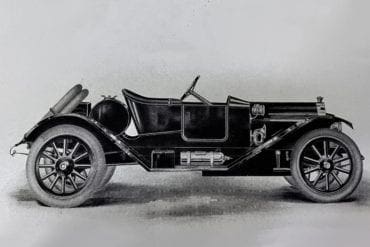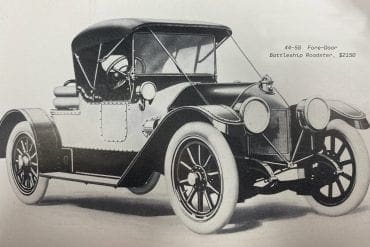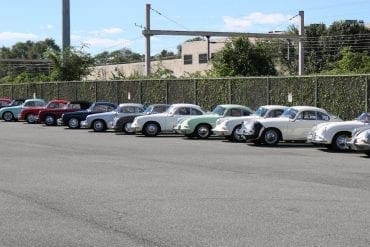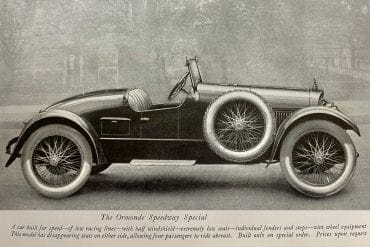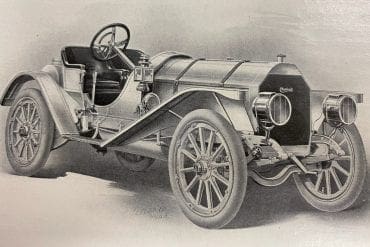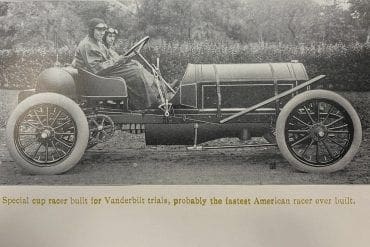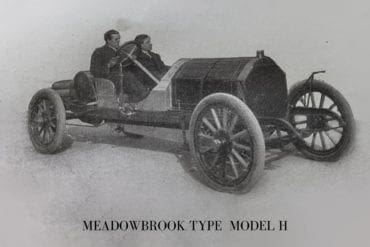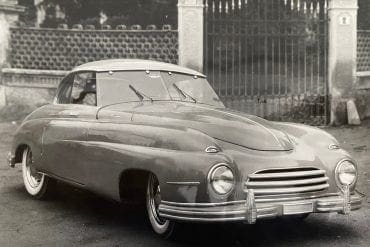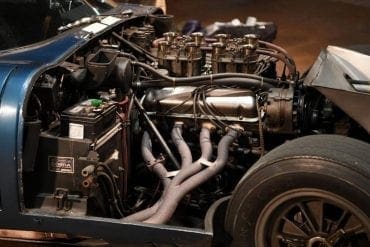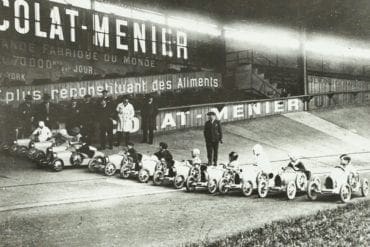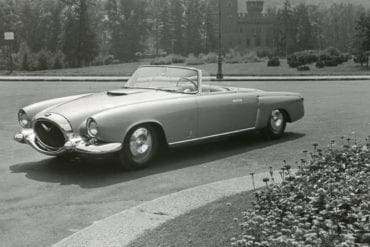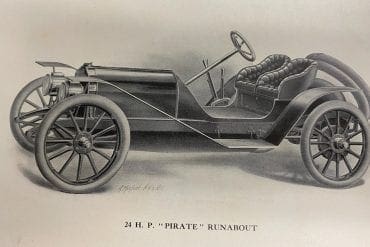The Colby Motor Company of Mason City, Iowa had the makings of a successful company. Supported by local banks and experienced managers, they produced their first car in 1911.
The Abbott-Detroit Motor Company was founded in 1909 with the intention of producing high-quality motorcars. Within ten years, they would close.
With any historic object, provenance is the most important factor to consider. If the goal is to use a car purely for pleasure, without consideration of its previous history or its future place in the automotive pantheon then provenance is less important. However, we deal here with objects of practical, artistic, and historical significance as…
The Biddle Ormond Speedway Special, named after Ormond Beach where many speed records were set, was “a car for speed-of racing lines..."
The Allen Kingston was a car manufactured by The New York Car and Truck Company. The company was started by Walter Allen, and initially seemed to have great promise.
The team behind the museum have started a new series of discussions for all you museum lovers out there. We...
In 1927 Ettore Bugatti designed and built the first “Baby” Bugatti for his son Roland’s birthday. The Baby Bugatti is a half size replica of the Bugatti Type 35 Grand Prix with a 12 volt electric motor.
Pininfarina was the first coachbuilding company to go away from the conventional body on frame coachwork bodies to monocoque unibody coachwork bodied construction.
The 3 young entrepreneurs who started BLM deserve credit not only for the effort but also from their recognition that the country might want a sports car.

